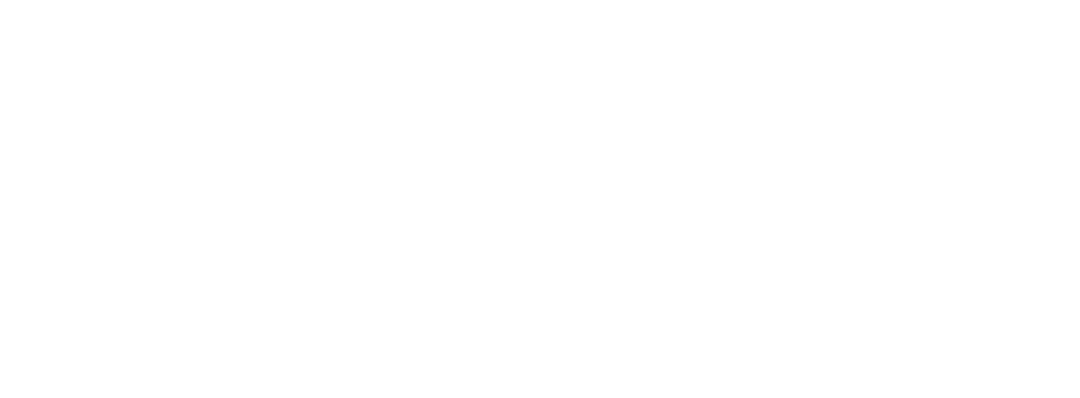Podcast: Play in new window | Download
Febrile Seizures
- Simple (All features must be present)
- Age 6 months – 5 years
- Febrile
- Lasts less than 15 minutes
- Only one seizure in 24 hour period
- No focal neuro deficits on exam
- Generalized seizure (must have LOC)
- Treat with acetaminophen and reassurance
- Complex
- Does not meet ALL of the criteria for a simple febrile seizure
- Consider full workup including lumbar puncture
- Does not meet ALL of the criteria for a simple febrile seizure
Pediatric Abdominal Pain
- Intussusception
- Classic history
- Severe emesis
- INTERMITTENT severe abdominal pain
- Common causes
- Meckles diverticulum
- Henoch-Schonlein purpura
- Diagnose with abdominal ultrasound
- Look for target sign
- Treat with air enema
- Classic history
- Malrotation with Volvulus
- Classic symptoms
- Bilious emesis
- Projectile
- CONSTANT severe abdominal pain
- Peritonitic abdominal exam
- Common tests (if stable)
- Upper GI Series
- Corkscrew sign
- Coffee-bean sign
- Upper GI Series
- Classic symptoms
- Necrotizing Enterocolitis
- Classic symptoms
- Premature neonate
- Bloody stool
- X-Ray shows pneumotosis intestinalis
- (Air in the bowel wall)
- Classic symptoms
- Hirschsprungs Disease
- Delayed passage of meconium
- Diagnosis
- Contrast enema (not typically done in ED)
- Look for distal transition point
- Rectal suction biopsy (DEFINITELY not done in the ED)
- Gold standard for diagnosis
- Contrast enema (not typically done in ED)
Bronchiolitis
- Commonly caused by RSV
- Initial fever and URI
- Progresses to respiratory distress
Croup (laryngotrachealbronchitis)
- Commonly caused by parainfluenza
- Initial fever and URI
- Progresses to stridor
- Barky cough
- Neck xray will show “steeple sign” (subglottic narrowing)
- Treatment
- Steroids
- Nebulized epinephrine
Epiglottitis
- Commonly caused by Haemophilus influenzae
- Classic symptoms
- Fever
- Sore throat
- Drooling
- Muffled voice
- Treatment
- Keep the child calm
- Intubation in a controlled environment
- Antibiotics
Additional Reading
- Pediatric Abdominal Pain (EM Clerkship)
- Peds O – Oxygen, Airway, and Respiratory Disorders (EM Clerkship)
